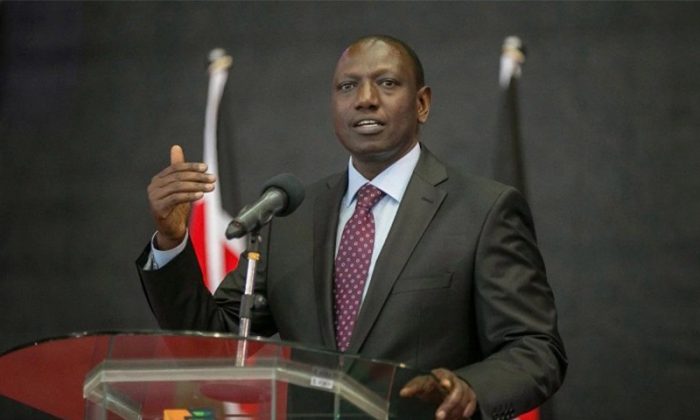On July 11, 2024, President Ruto dismissed nearly his entire cabinet in response to widespread protests led primarily by Kenya’s youth. He announced his intention to engage in dialogue with all sectors of Kenyan society and form a “broad-based government” that would be “lean and efficient.”
Commitment to Accountability and Efficiency
President Ruto apologized for the “arrogance and show of opulence” displayed by the political and bureaucratic elite, promising to make the government more accountable to the people. Kenyans are now waiting to see if the new cabinet will address their needs more effectively, particularly those living in extreme poverty.
Since taking office, Ruto has faced pressure from lenders like the International Monetary Fund to reduce government spending, while also grappling with deteriorating living conditions among citizens. This marks the first instance since the 2010 constitution that a sitting president has sacked most of his cabinet.
Historical Context and Institutional Environment
The only comparable instance was in 2005 when the late President Mwai Kibaki sacked all his ministers following a humiliating defeat in a constitutional referendum, which he interpreted as a vote of no confidence. Ruto, however, operates under the 2010 constitution, which transformed Kenya’s institutions by limiting presidential powers and empowering the Supreme Court to annul elections, as it did in 2017. This constitution has also empowered Kenya’s youth to demand government accountability.
Policy Implications of Cabinet Dissolution
Protesters have expressed anger over the government’s perceived neglect and failure to create jobs, tackle unemployment, address corruption, and curb economic decline. The new cabinet is expected to transform the status quo, emphasizing entrepreneurship and wealth creation, reducing corruption, and streamlining regulations to foster job creation.
The government must also deliver public services, especially in rural areas, and invest in health, education, and other social sectors to alleviate poverty. Addressing self-dealing and corruption within the bureaucratic and political elite is crucial for the new administration.
Constitutional Tools for Better Governance
Kenya’s constitution provides mechanisms for better governance, including:
- Participatory Governance: Enabling citizen participation in decision-making processes.
- Accountability: Ensuring officials operate lawfully and are held accountable.
- Openness and Transparency: Improving citizens’ access to information about government activities and policies, thereby enhancing trust.
The constitution calls for the full and effective engagement of citizens, including the youth, in policy design and implementation. Without such engagement, a new cabinet is unlikely to solve Kenya’s economic and political challenges.
Possibility of Dissolving Parliament and New Elections
In some Western democracies, a loss of confidence in the government can trigger snap elections, as seen in the UK and France in 2024. In Kenya, there have been public demands for the president to dissolve parliament, form a new cabinet, and call for new elections. At least one MP, Daniel Manduku, has supported this idea, citing public loss of confidence in the government and parliament.
However, dissolving parliament and calling for new elections could exacerbate the country’s budget issues. A more practical approach would be for the president to consult with the Kenyan people and form a new cabinet of skilled technocrats capable of re-energizing the economy. Such a cabinet could attract both domestic and foreign investors, creating jobs and boosting sectors like tourism, agriculture, finance, and technology. This would provide opportunities for Kenya’s highly educated but unemployed youth.





